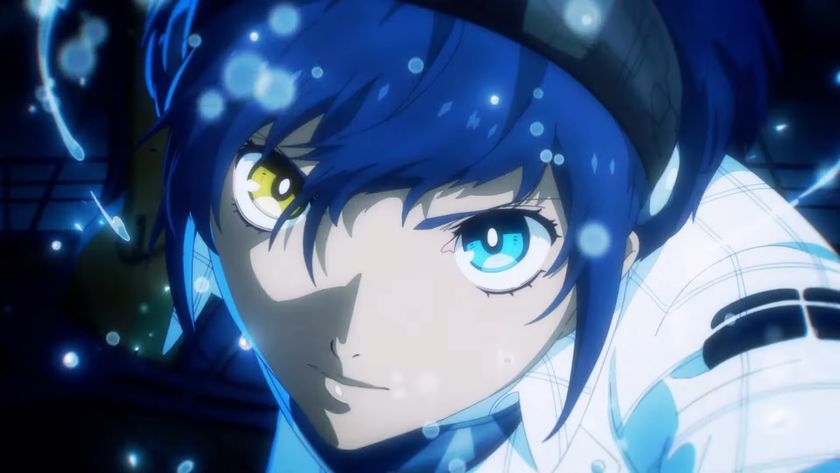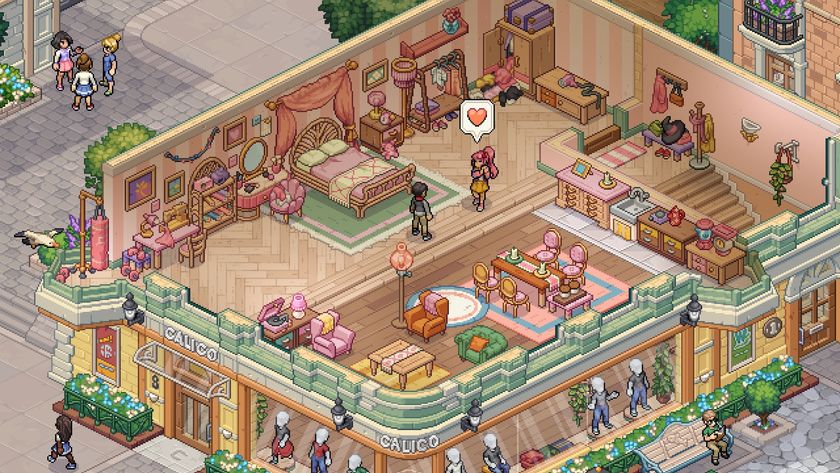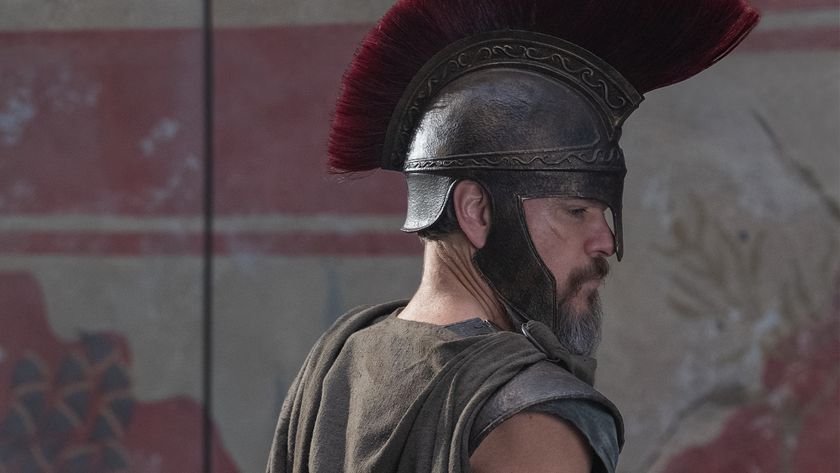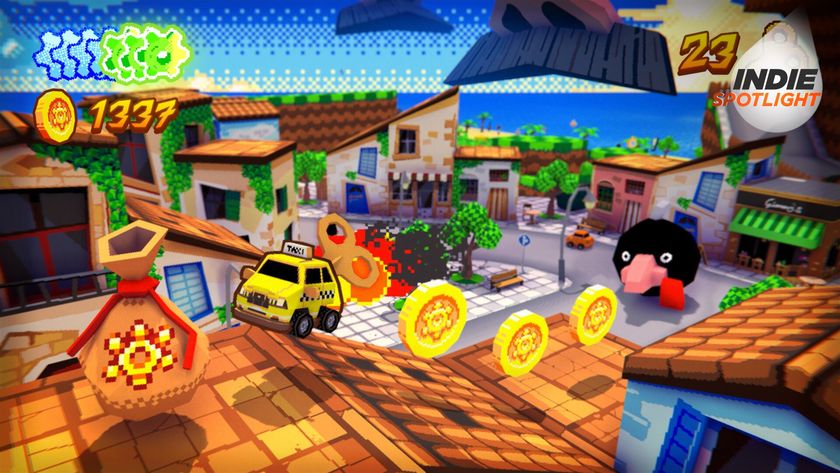Are old-school Sonic and Mario really that good?
Myth-busting, nostalgia-free re-reviews of gaming's two most sacred cows
When you take into account that 24 of Super Mario World’s 74 levels contain a second, hidden exit which expands the game world even further (usually requiring the activation of a particular power-up or Switch Palace, and often leading to the latter themselves), it’s easy to see the influence the Legend of Zelda series had on making the game such an expandable, free-form experience.
Where Super Mario Bros. 3 gave us a rather rigid structure of self-contained maps and levels, Super Mario World is played equally within its levels and the wider world they inhabit. The interplay between the two isn’t far from that between the overworld map and the individual locations of a Final Fantasy game and as such, the sense of exploring and impacting upon an emergent world isn’t far off comparison either.
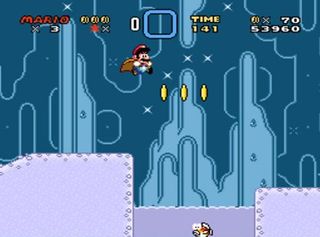
Above: The echoey, ambient cave music is still splendidly moody and atmospheric
An imperfect world?
Though while the structural presentation of Super Mario World is top-notch, aesthetically it isn’t quite up there. Of course, the cries of the game’s detractors that the graphics could have been done on a NES are nonsense, but given what the SNES was later revealed to be capable of, the fact remains that its flagship Mario title isn’t as visually mind-blowing as it could have been (Mode 7 effects aside).
Some wonderfully characterful slapstick animations help though (the sight of a disgruntled, de-shelled Koopa kicking its former home back at Mario always raises a smile), and Koji Kondo’s soundtrack greatly adds to the atmosphere, being a shimmering example of the range, tone and complexity of music that could be achieved with the SNES’ sound chip.
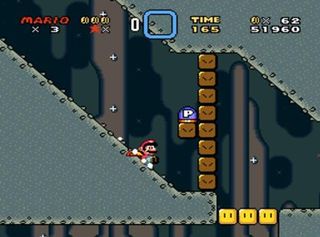
Other problems? While they’re obviously designed with surreal dream logic in mind, the solutions to some of the game’s Ghost House puzzles are a little too abstract to be satisfying and frustration free. And Mario’s perhaps slightly over-slippy handling can lead to one or two annoying plummet-based deaths, but we’re nit-picking massivelynow. The sheer amount of gameplay and immersion packed into Super Mario World is staggering.
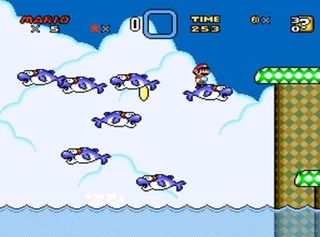
Above: An idea too fun not to use and too good to over-use
Sign up to the GamesRadar+ Newsletter
Weekly digests, tales from the communities you love, and more
The collective level design is like a playable search engine for fresh new ideas. Even one-off gimmick levels like the dolphin-jumping anarchy of Vanilla Secret3feel less like filler and more like a single, quirky idea used for exactly as long as is fun and not a second more. Mario’s seemingly simple power-ups and abilities belie a stupendously deep and expansive set of options for those willing to experiment with combining them. Even moreso when you factor in the utterly game-changing addition of Yoshi.
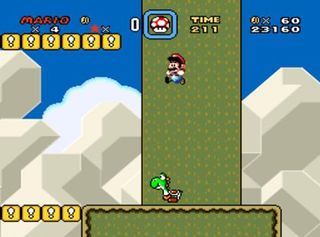
Above: The super-powered Yoshi jump. A secret ninja technique passed down throughout the ages
Intelligent, imaginative, inventive and immersive. That’s what Super Mario World is. Simultaneously the pinnacle of pure 2D Mario platforming and a fantastic example of how a genre can evolve through a carefully designed embrace with another, it will impress, stimulate and boggle you with almost as grin-inducing impact today as it did when it was released.
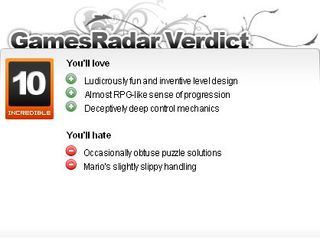
So that's Mario. Does Sonic fare as well? Click over tothe next pageand find out.



